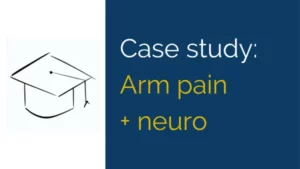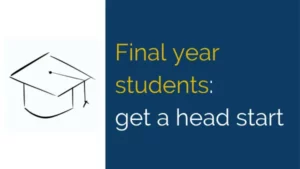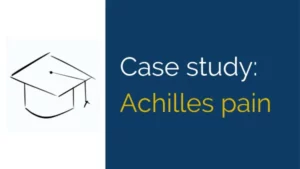New case studies are released frequently, each challenging a different aspect of clinical reasoning.
Mentor input is added to popular cases around one month later, available to registered members (click here to join).
To stay up to date, join us on Facebook and we’ll post new cases and mentor input as they’re released.

Upper arm pain with neurological symptoms

Final year Physio students – get a head start on the job market

Achilles pain case study #2

CPD Case study: worsening proximal calf pain in a 30 year old [10min read]

Case study: Hamstring pain in a Physiotherapist and cyclist [15min read]

CPD Case Study: Heel pain in a teenage footballer [12min read]
How to utilise Physiotherapy case studies
A case study will present an injury or condition along with some context or background information.
As Physiotherapists are well aware, no injury is as simple as the text book presentation and a patient’s situation, background and motivations must be taken into account for successful management of the case.
The world’s best rehab program is worth nothing in the hands of the world’s least motivated patient…
Each of these cases presents a different challenge – it’s not as simple as guessing the correct diagnosis, or going with your standard approach to ankle assessment.
The cases will offer slightly different challenges, from designing a successful management plan without a firm diagnosis, to considering an injury in the context of other physiological factors such as adolescent growth.
Case studies are not the resource to use to memorise different presentations and diagnoses. You could do that by reading any text book – we strongly recommend Brukner & Khan’s Clinical Sports Medicine as a great reference for sports injury info.
Once you’ve absorbed all the injury info and seen a few patients, case studies are the best way to apply that knowledge in different contexts.
Once you’ve gone through and responded to the prompt questions, it doesn’t end there.
You can match your answers against the mentor’s responses and rationale. You could match it against a colleague who has also attempted the case study. Or you could bounce your answers and reasoning off a senior colleague at work.
The goal here is not just getting the right answer – it’s about having the right reasoning behind that answer that is the key building block to a successful career.
Keen to earn a little more or kickstart a mini-business on the side? We’ve got 8 cracking ideas for Physiotherapists to diversify their interests and earn some spare cash in the process (opens in new tab).

